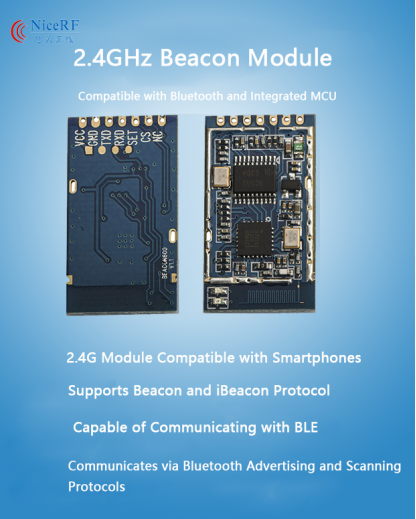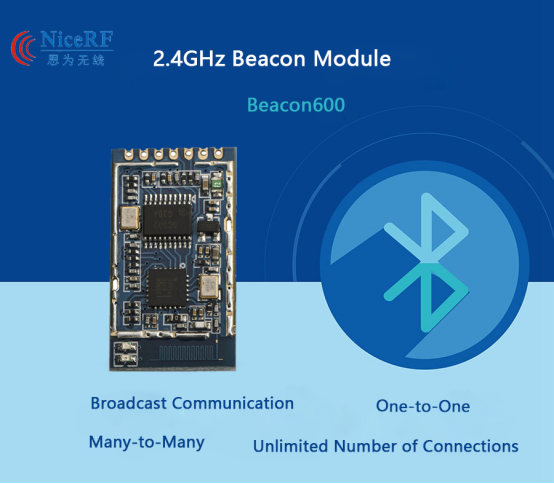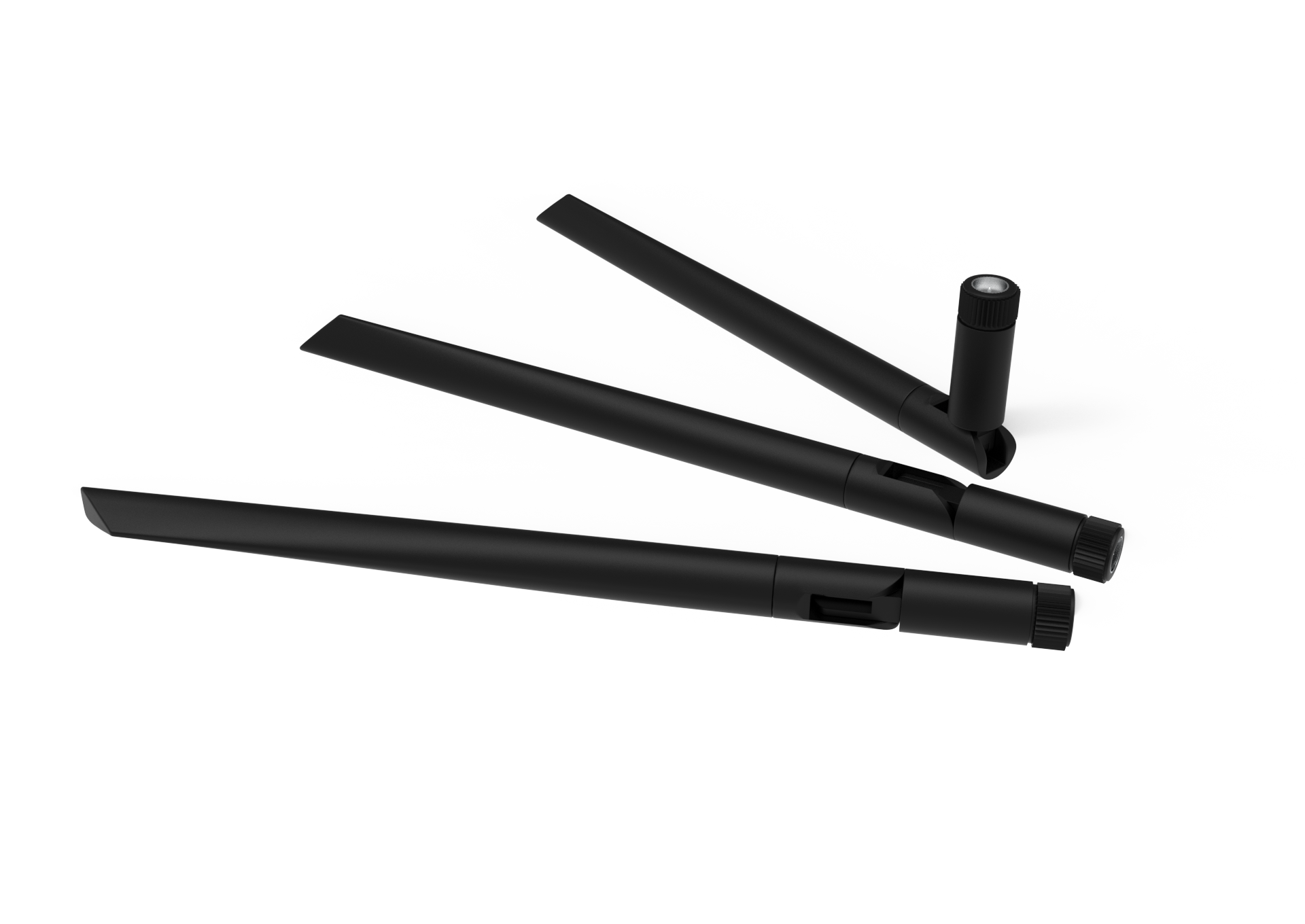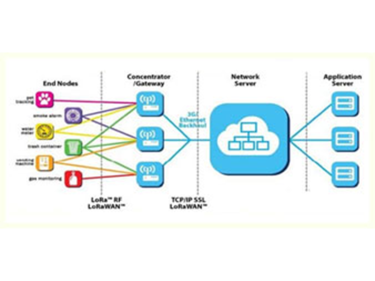2.4GHz High-Performance Bluetooth Module: Effortlessly Handles Many-to-Many Communication with Flexible Operating Modes
Jun . 2024
The operating modes of Bluetooth modules encompass two technologies: Classic Bluetooth (BR/EDR) and Bluetooth Low Energy (BLE). Each technology has various operating modes, such as master mode, slave mode, master-slave mode, and advertising mode. Among these, master mode and slave mode are the two fundamental roles that devices play in Bluetooth communication, defining their behavior and responsibilities in the connection and data transmission process.
Beacon600 is the latest 2.4GHz beacon module which is compatible with BLE. This module integrates the MCU and process the SPI protocol. It provides generic UART interface, users can connect the module with smart phone with BLE. This module has the same structure of BLE, and works as Broadcast mode of Bluetooth. It is easier and cost-effective compare with Bluetooth.
Master Mode
Initiating Connections: The master device is responsible for scanning nearby Bluetooth devices and actively initiating pairing and connection requests.
Controlling the Connection: Once the connection is established, the master device controls the connection parameters, such as the connection interval and the start and stop of data transmission.
Multiple Device Connections: A master device can theoretically connect to multiple slave devices simultaneously.
Slave Mode
Passive Connection Reception: The slave device cannot initiate connection requests. Instead, it waits to be discovered and connected by the master device.
Responding to Connections: Upon receiving a connection request from the master device, the slave device responds and establishes the connection.
Data Interaction: Once the connection is established, the slave device can exchange data with the master device, although the communication parameters are primarily controlled by the master.
Dependence on Master Clock: During communication, the slave device's clock is synchronized with the master's clock, ensuring synchronous data transmission between both devices.
In some cases, devices support a master-slave mode, allowing them to switch between master and slave roles to adapt to different application scenarios or take on different communication responsibilities as needed. This flexibility enhances the applicability and functionality of Bluetooth devices, particularly in IoT and wearable device scenarios.
Master-Slave Mode
Bluetooth modules can switch between the roles of master and slave as needed. This means the same Bluetooth module can act like a master device, scanning for and connecting to other slave devices, controlling the data transmission process, and can also switch to the slave role, waiting to be discovered and connected by other master devices.
This mode significantly enhances the flexibility and versatility of Bluetooth devices in various application scenarios. For instance, in IoT devices, one device might need to act as a central node collecting data at certain times, while also being able to function as a terminal device reporting data to another central node.
Broadcast Communication Mode
One-to-One Communication
In one-to-one communication, Bluetooth devices establish a dedicated connection. This connection ensures reliable data transmission, and in point-to-point communication, Bluetooth's transfer speed and stability are guaranteed.
Many-to-Many Communication
The Bluetooth module integrates an MCU internally and communicates through Bluetooth broadcasting and scanning protocols. It supports transparent UART transmission and has no limits on the number of connections, which is particularly evident in BLE.
Broadcast Mode
Broadcast mode refers to the Bluetooth module periodically sending data packets (advertisement packets) in a non-connected manner. These packets can be received by any device within range and in listening mode. In broadcast mode, the Bluetooth module does not establish one-to-one connections but instead uses a one-to-many approach to broadcast information to all interested receivers.
Beacon600 Bluetooth module is low power, cost-effective, and powerful, suitable for a variety of wireless communication applications. It offers flexible parameter configuration and efficient data transmission capabilities.
 +86-755-23080616
+86-755-23080616
 sales@nicerf.com
sales@nicerf.com
Website: https://www.nicerf.com/
Address: 309-314, 3/F, Bldg A, Hongdu business building, Zone 43, Baoan Dist, Shenzhen, China


 English
English









